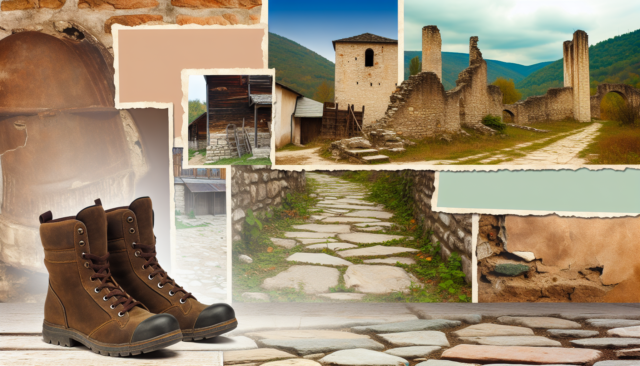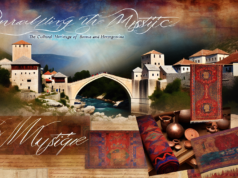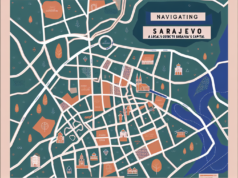
In the Footsteps of History: Discovering Bosnia and Herzegovina’s War-Torn Past
Bosnia and Herzegovina, a country tucked away in the heart of the Balkan Peninsula, is often overshadowed by its more affluent neighbors. However, beneath its stunning landscapes and vibrant culture lies a complex, sometimes dark history that has profoundly shaped the identity of its people. For travelers willing to delve deep and tread the path of history, Bosnia and Herzegovina offers a powerful journey through its war-torn past, a journey that is both haunting and enlightening.
A Brief Overview of the Conflict
The Bosnian War, which erupted in the early 1990s following the disintegration of Yugoslavia, was one of the most brutal conflicts in Europe since World War II. The war saw ethnic tensions rise to a boiling point, with the three main groups—the Bosniaks (Bosnian Muslims), Croats, and Serbs—engaged in violent clashes that resulted in the deaths of an estimated 100,000 people and the displacement of over 2 million. The conflict was marked by horrific acts, including ethnic cleansing and genocide, most notably the massacre at Srebrenica in July 1995, where more than 8,000 Bosniak men and boys were killed by Bosnian Serb forces.
The Journey Begins: Sarajevo
The capital city of Sarajevo is often the starting point for those exploring Bosnia and Herzegovina’s past. Known as the "Jerusalem of Europe" for its diverse religious and cultural roots, Sarajevo is a city that reflects the scars of war alongside its rich heritage. Walking through the historic Baščaršija district, visitors can sample traditional Bosnian cuisine while absorbing the mixture of Ottoman, Austro-Hungarian, and modern influences that define this unique city.
A visit to the Sarajevo Tunnel Museum, located at the former site of the tunnel built to connect the besieged city to the outside world, provides profound insights into the resilience of Bosnians during the siege that lasted from 1992 to 1996. The museum offers a glimpse into the hardships endured and serves as a testament to the human spirit’s ability to survive in the face of adversity.
Reflection at Srebrenica
No trip to Bosnia and Herzegovina is complete without a visit to Srebrenica, a town bearing the heavy weight of recent history. The Srebrenica-Potočari Memorial and Cemetery stands as a somber reminder of the genocide committed in 1995. Visitors can pay their respects at the memorial—a site that honors the thousands of innocent lives lost. Guided tours provide harrowing accounts of the events leading up to the massacre, highlighting the need for remembrance and education to prevent future atrocities.
A Walk Through Mostar
Mostar, with its iconic Stari Most (Old Bridge), tells a different, yet equally profound story. The bridge, originally built in the 16th century, was destroyed during the war and later rebuilt, symbolizing reconciliation and the desire for peace. Visitors walking through the charming cobbled streets can witness the scars of conflict offset by the vibrancy of a renewed community. Engaging with local artisans and savoring a cup of Bosnian coffee while overlooking the emerald waters of the Neretva River offers a sense of hope and healing.
The Importance of Memory
Exploring Bosnia and Herzegovina’s war-torn past is not merely an academic endeavor; it’s a journey of remembrance. It’s about understanding the complexities of identity, nationalism, and the impacts of war on everyday lives. Museums such as the Gallery 11/07/95 in Sarajevo provide powerful visual narratives through photographs and art, transforming the past into a collective memory that calls for reflection and dialogue.
Conclusion: Embracing the Future
Traveling through Bosnia and Herzegovina is an intimate engagement with a nation that is still grappling with the consequences of its troubled past. Visitors are encouraged to approach their journey with sensitivity and an open mind. As local communities work towards healing and reconciliation, the enduring scars of history remind us of the fragility of peace. By retracing the footsteps of history, we embrace the lessons learned and honor the lives affected by conflict, fostering a deeper understanding of humanity’s shared struggles and resilience.
In the footsteps of history, Bosnia and Herzegovina invites you not only to witness its past but to appreciate the strength and hope of its people as they look towards a brighter future.













